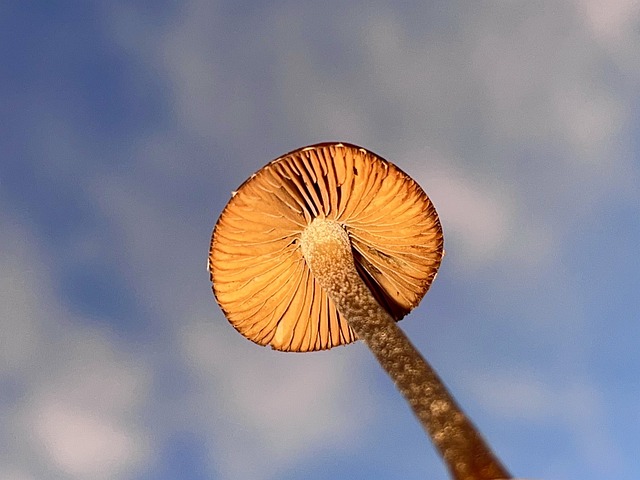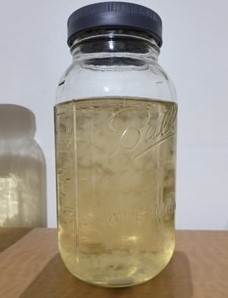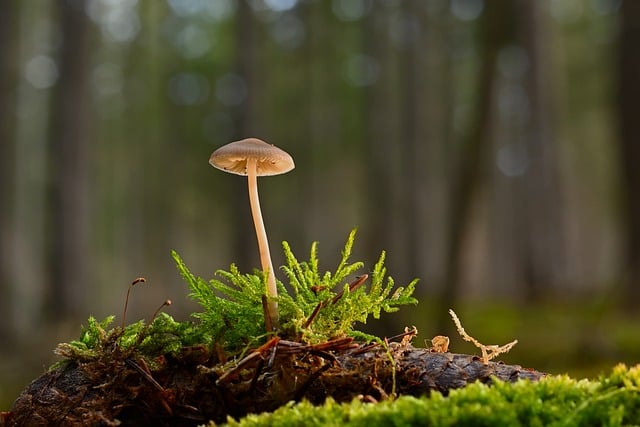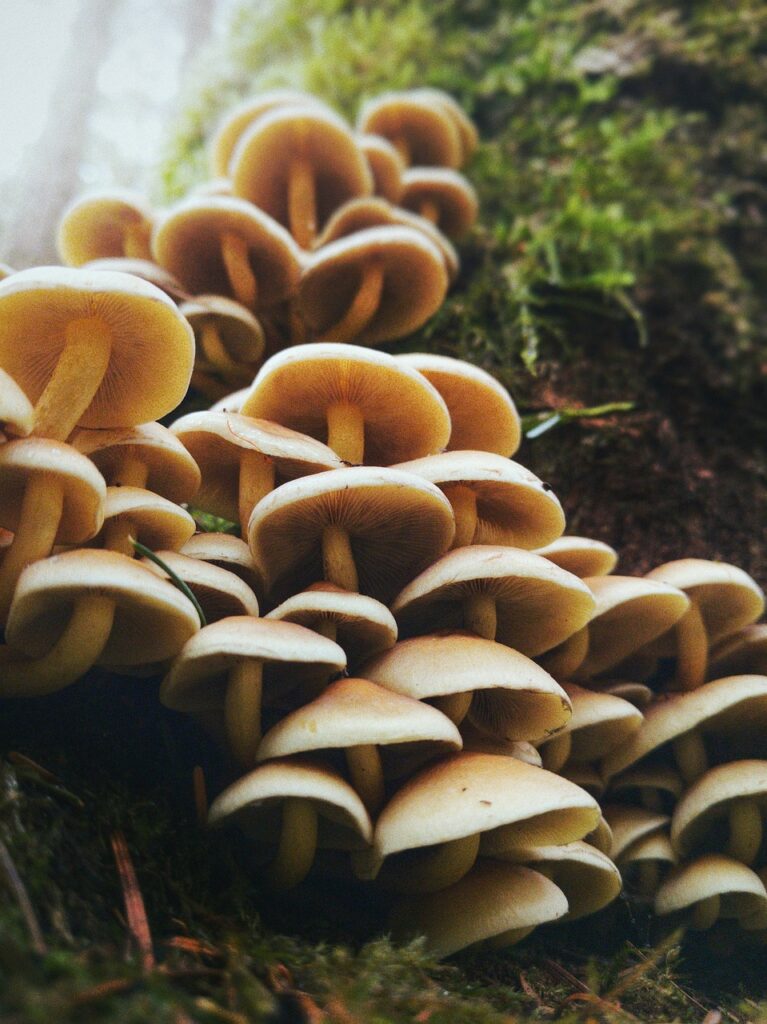In the realm of mushroom cultivation, two primary methods stand out for propagating fungal species: mushroom liquid culture and mushroom spores. Both methods offer unique advantages and challenges, shaping the way enthusiasts and growers engage with fungi. In this comprehensive exploration, we delve into the differences between mushroom liquid culture and mushroom spores, shedding light on their respective roles in the cultivation of various mushroom species, including the sought-after psilocybin-containing magic mushrooms.
Understanding Mushroom Spores:
Mushroom spores serve as the primary means of reproduction for fungi, including the beloved magic mushrooms containing the psychoactive compound psilocybin. These microscopic structures are released from the gills or pores of mature mushroom caps, acting as the starting point for new mycelial growth. Spores are typically collected through spore prints or spore syringes, offering a convenient and accessible way to propagate mushroom species.
The Significance of Psilocybin-containing Mushrooms:
Psilocybin-containing mushrooms, commonly known as magic mushrooms, have garnered considerable attention for their psychoactive properties and potential therapeutic applications. These mushrooms produce psilocybin, a naturally occurring compound known for its hallucinogenic effects on the human brain. As such, the cultivation and study of magic mushrooms, including the collection and propagation of their spores, have become subjects of interest for researchers and enthusiasts alike.


Exploring Mushroom Liquid Culture:
In contrast to spore propagation, mushroom liquid culture offers a more advanced and controlled method of cultivating fungi. Liquid culture involves inoculating a nutrient-rich liquid medium with a small sample of mycelium, allowing for rapid expansion and propagation of fungal cultures. This technique enables growers to bypass the lengthy germination period associated with spores, accelerating the cultivation process and producing consistent and robust mycelial growth.
Advantages of Mushroom Liquid Culture:
Mushroom liquid culture presents several advantages over traditional spore propagation methods. Firstly, it allows for the propagation of specific fungal strains, ensuring genetic consistency and uniformity in subsequent mushroom crops. Additionally, liquid culture enables growers to produce large quantities of mycelium in a relatively short amount of time, making it an efficient and cost-effective technique for commercial cultivation.
Challenges and Considerations:
Despite its advantages, mushroom liquid culture comes with its own set of challenges and considerations. Maintaining sterility throughout the inoculation and incubation process is crucial to prevent contamination and ensure the viability of the mycelium. Additionally, liquid culture requires specialized equipment and aseptic techniques, making it less accessible to novice growers compared to spore propagation methods.
Choosing the Right Method:
The decision between mushroom liquid culture and mushroom spores ultimately depends on the grower’s goals, experience level, and resources. While spore propagation offers simplicity and accessibility, liquid culture provides greater control and efficiency, particularly for those seeking to cultivate specific fungal strains or maximize mycelial growth.


Conclusion:
In the ever-evolving world of mushroom cultivation, the choice between mushroom liquid culture and mushroom spores represents a fundamental decision for growers and enthusiasts. Whether embarking on a journey to cultivate psilocybin-containing magic mushrooms or exploring the diverse array of edible and medicinal fungi, understanding the differences between these propagation methods is essential for success. By weighing the advantages, challenges, and considerations associated with each technique, growers can embark on their mushroom cultivation endeavors with confidence and clarity.

